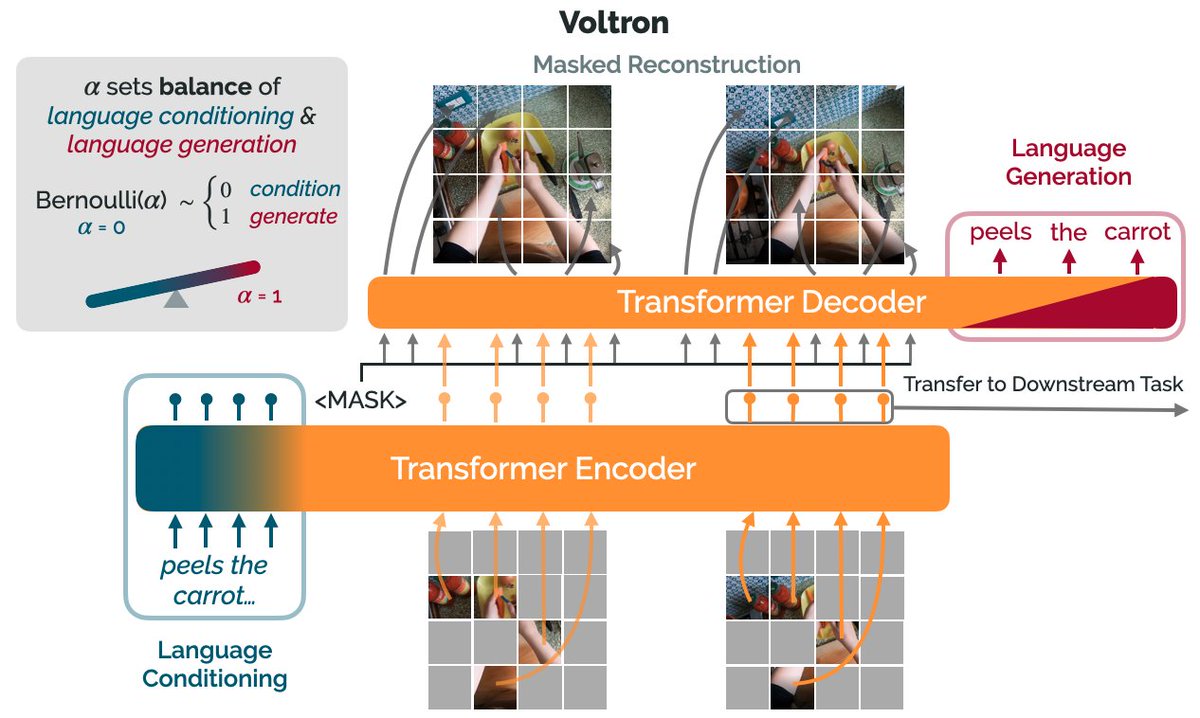Judicial System of India (Explained)
In this thread, U will understand-
1. How Indian Judiciary operates
2. How judges of SC, HC and SS r appointed
3. How they can be removed
4. Role of Law ministry
5. Judicial corruption
1/24

1. They r protector of constitution n they can go to any extent to protect constitution
2. They r the interpreter of constitution. Indian constitution is not descriptive, its one liners
Like India constitution use the word minority but doesn't define what is minority
So they interpreted in whatever way they wanted
1. District courts : Session courts, metropolitan courts, special courts. In every city
2. High court ; 1 in every state
3. Supreme court : 1 in country at New Delhi

In India Judges r not appointed by some entrance exam like IAS or IES. They r appointed straight away by a team of 5-7 Judges. That team is called collegium. This appointment procedure didn't mention in Indian constitution but was made by judges
S. P. Gupta v. Union of India - 1981 (also known as the Judges' Transfer case)
Supreme Court Advocates-on Record Association vs Union of India - 1993
In re Special Reference 1 of 1998
District Court :
there r 2 ways
high court can appoint any lawyer who have 7 year experience
or
By State judicial services exam n then interview by high-count

The SC collegium is headed by the CJI (Chief Justice of India) and comprises four other senior most judges of the court.
A HC collegium is led by its Chief Justice and four other senior most judges of that court.
-any advocate who has experience of 10 year can become high court judge
- proposal initiated by HC Collegium sent to Supreme Court collegium - law ministry - state govt - governor
Any person can become supreme court judge
- 5 year experience as judge in any HC
- 10 year experience as advocate in HC
Who will become next CJI is decided by current CJI on the basis on seniority
To Whomsoever these HC n SC judges decide they can make them Judge.
N this has become the major reason of nepotism in Indian judiciary.

Its said Judges recommends the name of only their relative family members.
Its impossible to those lawyers to get place in Indian judiciary who r not from elite melord family.
Currently there r 3 crore pending cases in India n Indian Judiciary works hardly 200 days in a year.
India Judiciary has 0 accountability that means u cant criticize them, make them legally responsible for their judgements.
In April 2017, a judicial Magistrate Debanjan Ghosh gave bail to a murder accused, and it is alleged that it is unusual unless huge money is involved.
n Dec 2009, Prashant Bhushan said, "out of the last 16 to 17 Chief Justices, half have been corrupt
Impeachment process of Judges is also so complex that its impossible to remove them.
1. Proposal is initiated by 100 Loksabha or 50 Rajya sabha MPs
2. Speakers make a inquiry committee. Who r the members of that committee ?
- Supreme court judge
- high court judge
- jurist
Till now no supreme court judge ever impeached in India.
One high court judge has been impeached for the corruption.
but in 2015, Supreme court dismissed this NJAC.
Nepotism in Indian judiciary
ref: https://t.co/Nj4hFjm57h
https://t.co/P3o7EJXoJ4
Why its impossible to become judge in India if u don't belong to elite group
Ref : https://t.co/seT61Xj3IY
A thread by @InfinityTarun
24/24
More from All
How can we use language supervision to learn better visual representations for robotics?
Introducing Voltron: Language-Driven Representation Learning for Robotics!
Paper: https://t.co/gIsRPtSjKz
Models: https://t.co/NOB3cpATYG
Evaluation: https://t.co/aOzQu95J8z
🧵👇(1 / 12)

Videos of humans performing everyday tasks (Something-Something-v2, Ego4D) offer a rich and diverse resource for learning representations for robotic manipulation.
Yet, an underused part of these datasets are the rich, natural language annotations accompanying each video. (2/12)
The Voltron framework offers a simple way to use language supervision to shape representation learning, building off of prior work in representations for robotics like MVP (https://t.co/Pb0mk9hb4i) and R3M (https://t.co/o2Fkc3fP0e).
The secret is *balance* (3/12)
Starting with a masked autoencoder over frames from these video clips, make a choice:
1) Condition on language and improve our ability to reconstruct the scene.
2) Generate language given the visual representation and improve our ability to describe what's happening. (4/12)
By trading off *conditioning* and *generation* we show that we can learn 1) better representations than prior methods, and 2) explicitly shape the balance of low and high-level features captured.
Why is the ability to shape this balance important? (5/12)
Introducing Voltron: Language-Driven Representation Learning for Robotics!
Paper: https://t.co/gIsRPtSjKz
Models: https://t.co/NOB3cpATYG
Evaluation: https://t.co/aOzQu95J8z
🧵👇(1 / 12)

Videos of humans performing everyday tasks (Something-Something-v2, Ego4D) offer a rich and diverse resource for learning representations for robotic manipulation.
Yet, an underused part of these datasets are the rich, natural language annotations accompanying each video. (2/12)
The Voltron framework offers a simple way to use language supervision to shape representation learning, building off of prior work in representations for robotics like MVP (https://t.co/Pb0mk9hb4i) and R3M (https://t.co/o2Fkc3fP0e).
The secret is *balance* (3/12)
Starting with a masked autoencoder over frames from these video clips, make a choice:
1) Condition on language and improve our ability to reconstruct the scene.
2) Generate language given the visual representation and improve our ability to describe what's happening. (4/12)
By trading off *conditioning* and *generation* we show that we can learn 1) better representations than prior methods, and 2) explicitly shape the balance of low and high-level features captured.
Why is the ability to shape this balance important? (5/12)
You May Also Like
The first area to focus on is diversity. This has become a dogma in the tech world, and despite the fact that tech is one of the most meritocratic industries in the world, there are constant efforts to promote diversity at the expense of fairness, merit and competency. Examples:
USC's Interactive Media & Games Division cancels all-star panel that included top-tier game developers who were invited to share their experiences with students. Why? Because there were no women on the
ElectronConf is a conf which chooses presenters based on blind auditions; the identity, gender, and race of the speaker is not known to the selection team. The results of that merit-based approach was an all-male panel. So they cancelled the conference.
Apple's head of diversity (a black woman) got in trouble for promoting a vision of diversity that is at odds with contemporary progressive dogma. (She left the company shortly after this
Also in the name of diversity, there is unabashed discrimination against men (especially white men) in tech, in both hiring policies and in other arenas. One such example is this, a developer workshop that specifically excluded men: https://t.co/N0SkH4hR35

USC's Interactive Media & Games Division cancels all-star panel that included top-tier game developers who were invited to share their experiences with students. Why? Because there were no women on the
ElectronConf is a conf which chooses presenters based on blind auditions; the identity, gender, and race of the speaker is not known to the selection team. The results of that merit-based approach was an all-male panel. So they cancelled the conference.
Apple's head of diversity (a black woman) got in trouble for promoting a vision of diversity that is at odds with contemporary progressive dogma. (She left the company shortly after this
Also in the name of diversity, there is unabashed discrimination against men (especially white men) in tech, in both hiring policies and in other arenas. One such example is this, a developer workshop that specifically excluded men: https://t.co/N0SkH4hR35
























